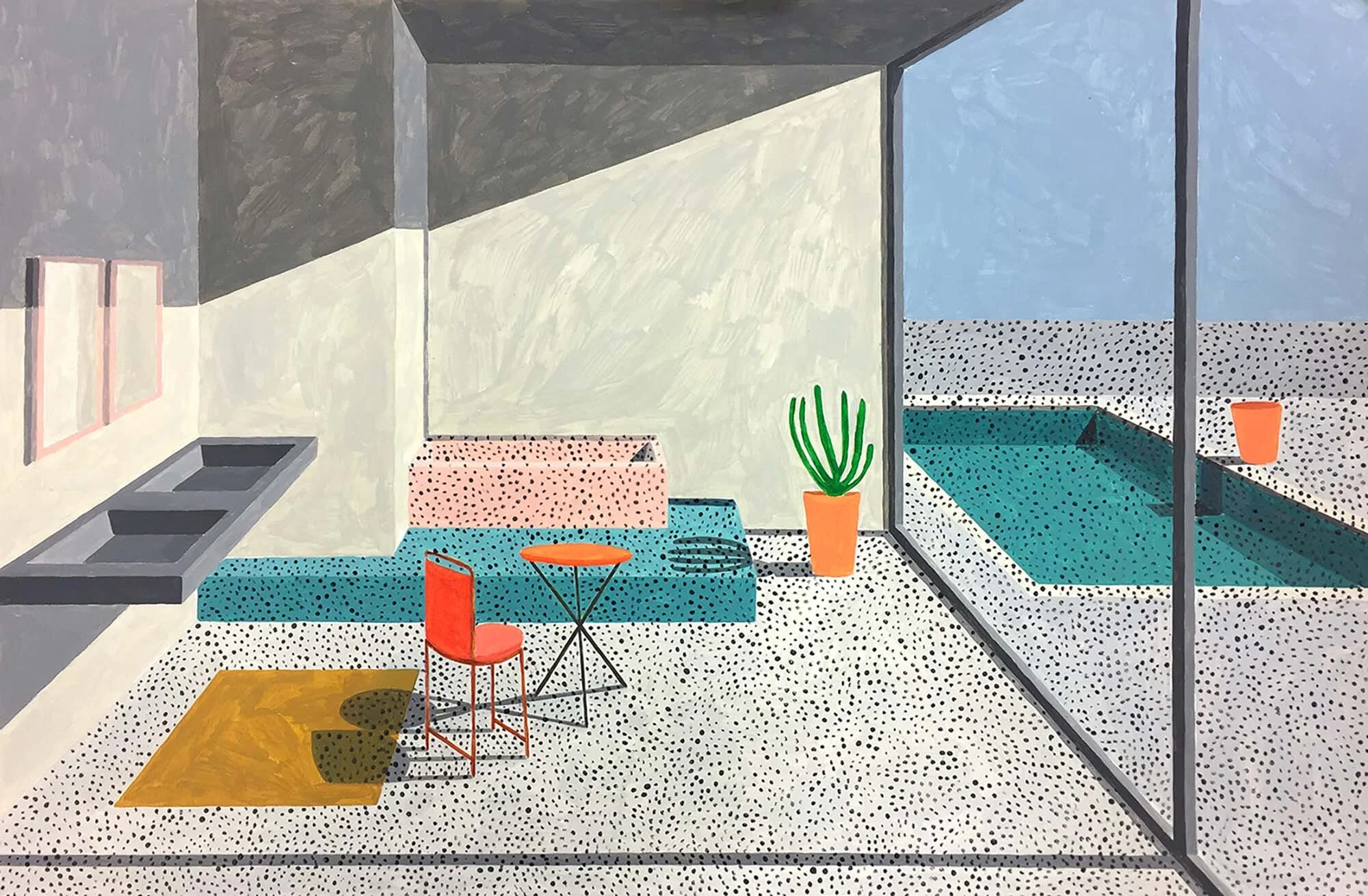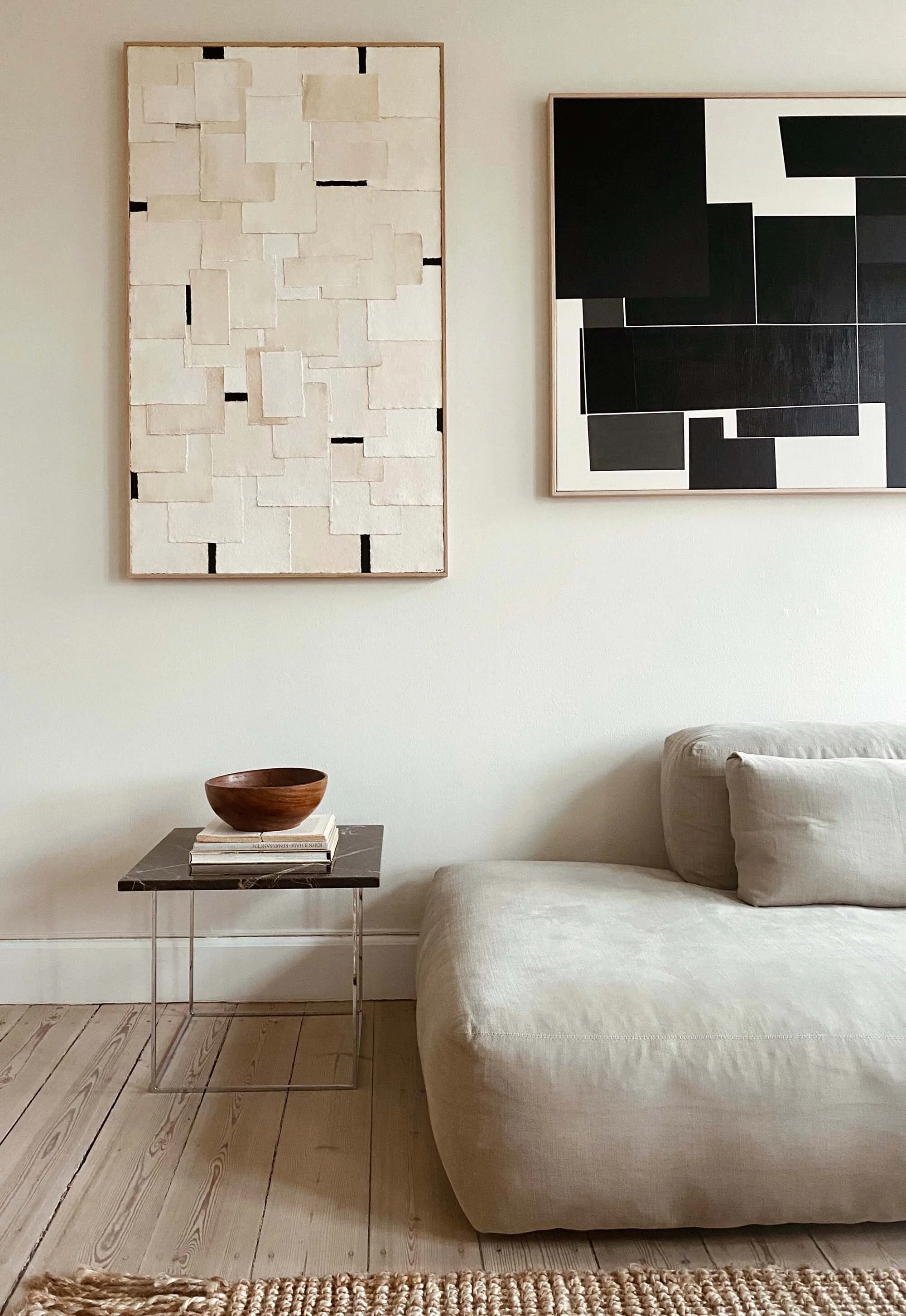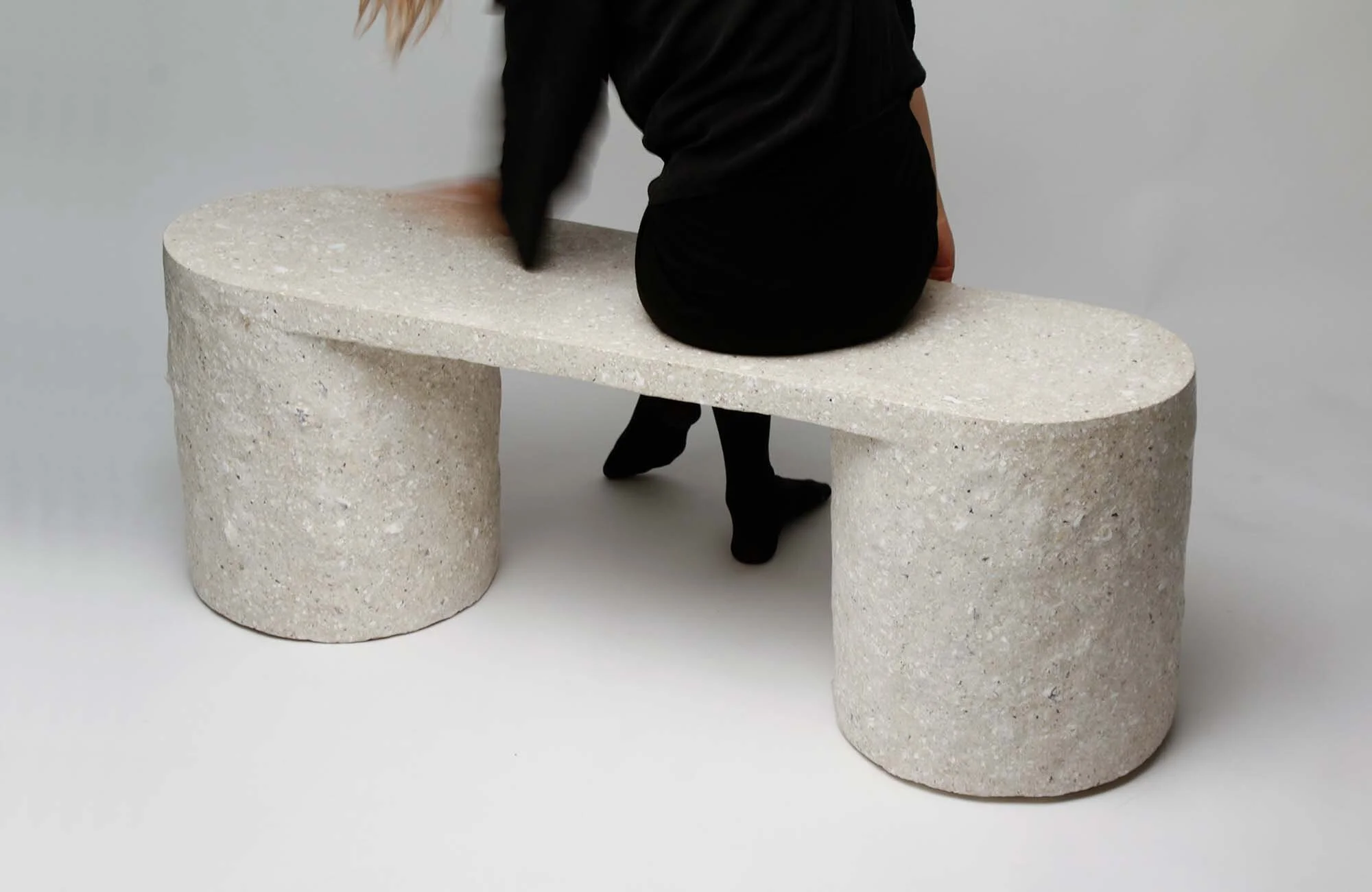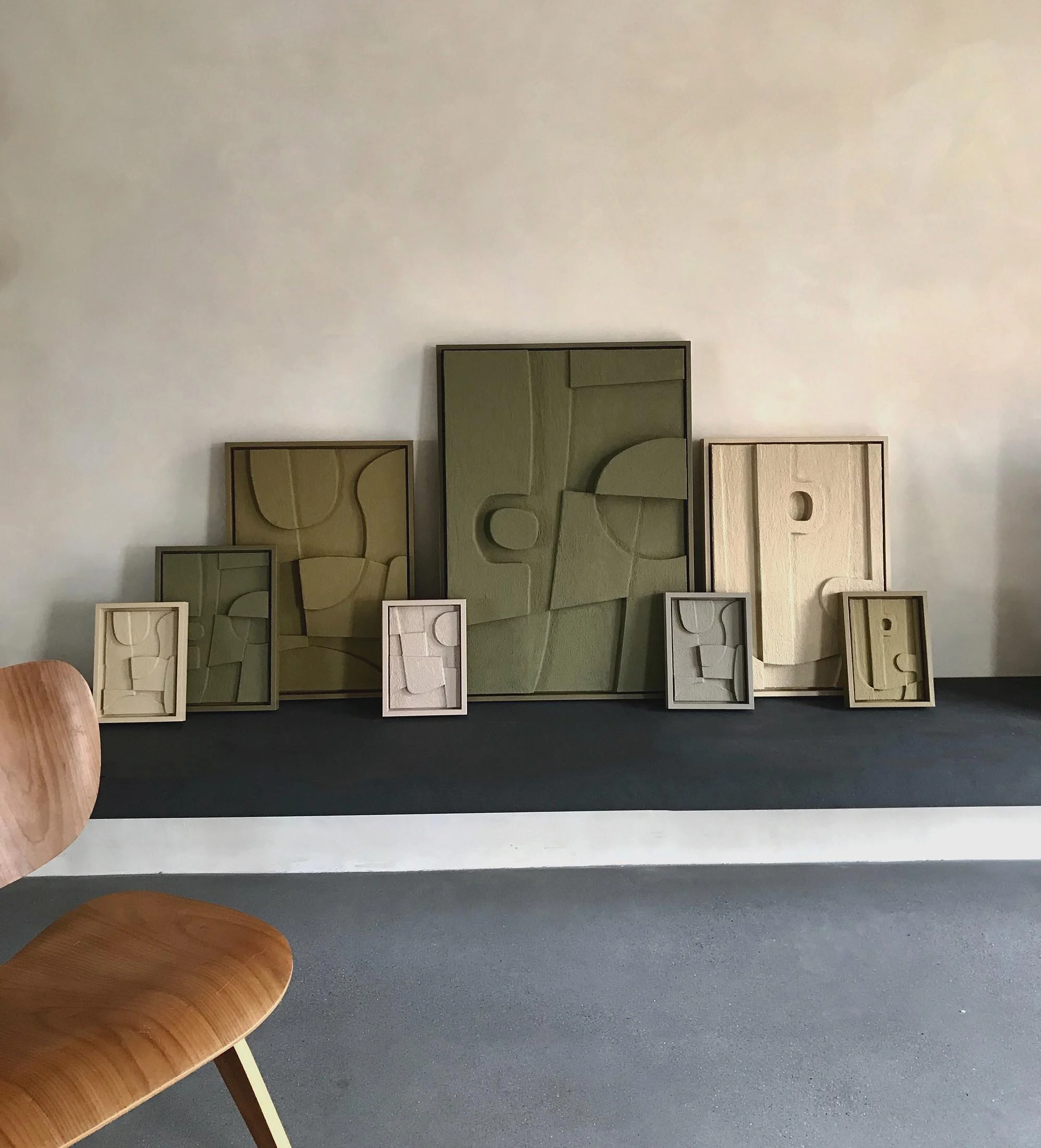Swedish Designer Emeli Höcks Creates Beauty from what is Already Within our Reach
Swedish Designer Emeli Höcks Creates Beauty from what is Already Within our Reach
Talking Sustainability and Inspiring Others Through Art and Design with Designer and MFA Student Emeli Höcks
Project:
Emeli Höcks
Photography:
Courtesy of Emeli Höcks
Words:
Caroline Meeusen
Emeli Höcks is a Swedish freelance product and furniture designer with a great interest in sustainability and material research. Currently, she is based in Gothenburg, working toward a Master of Fine Arts at the Academy of Design and Art at the University of Gothenburg. Emeli works both on commissions and personal projects, yet always with her signature style and approach in which she celebrates art, creativity, and most importantly, sustainable materials. The designer creates decorative pieces from waste materials as she feels it is her responsibility as an artist and designer to make a change in the design industry and the world in general. Using these materials to create new pieces, she realizes objects in new and surprising ways, designing playful shapes that work from all directions and have a neutral color palette. With her minimalist and unique objects, Emeli creates beauty from what is already within our reach. The designer talks about how she strives for sustainability and her ideas to develop this approach further.
© The Ode To
VISUAL PLEASURE Magazine:
Did you always want to pursue a career in design and in the creative world?
Emeli Höcks: My father is an artist; thus, creative work has always been close at hand and encouraged by my parents. That I would work with something creative has been obvious since I was very young, but design was not obvious; it has emerged after many years of testing and trying. I had been working as a chef for a couple of years (2007-2013) and been studying design and art-related subjects for about ten years before I finally ended up in product and furniture design with a focus on sustainability and material research.
How would you describe your style, and do we recognize a characteristic Scandinavian influence in it?
I am definitely affected and influenced by the Scandinavian simplicity, the stripped-down design language, and light and natural color scale and patterns. At the same time, I want to combine that with a small dose of playfulness and complexity, which is I guess is the opposite of the Scandinavian expression.
Your designs are often so simple yet so dynamic. Is that a deliberate choice or something you strive for?
I think the dynamic feeling comes from the fact that the sculpture works from all directions. It never has an underside but can be turned and rotated indefinitely to create change. It is a challenge to create a form that works from all directions, but it is also what makes the creative process so fun and exciting. It has become a method of mine, creating shapes that way. If you get tired of the object, you can just turn it over and get a new expression.
© Mikael Martinsson
How do you try to convey meaning in such simple objects/designs?
I try to create a form that, despite its simplicity, stands out to convey something. Like the Japanese term “wabi-sabi,” according to my own interpretation, is that an environment requires something that stands out in opposition to its environment to create a harmonious whole. I see my sculptures as that little click in the room that breaks off and stands out from the rest of the design, in a discreet and sophisticated way.
And what message or meaning do you want them to portray?
I always mainly use biological rubbish/leftover material. And I love to highlight the potential in things, according to norms and culture, that are discarded or considered useless. For as long as I can remember, it has felt important for me to live in a sustainable way. When I was 12, I became a vegetarian, and in the years after that decision, I was active in various movements that, in one way or another, fought for a better nature and environment. Through design, I have found a way to resume the driving force for environmental issues, which has been hidden for many of my adult years. By creating objects that show alternative solutions, I have found my way back to that driving force for environmental issues.
How do you incorporate your interest in environmental issues and material research in your designs?
My sculptures and furniture are always made of leftover material and are also designed to be biodegradable. Because of that, the objects can always return to nature's own cycles after their use. Hopefully, no one wants to bury what I do in the ground, but it has become my way of demonstrating the importance of thinking circularly and taking nature into account during the design process. I see my material research as a small comment that we can think more broadly about materials and that we have to be creative and search for a broad spectrum of alternatives. I hope to open up to new ways of thinking and inspire others to make more sustainable decisions.
© The Ode To
“I love to highlight the potential in things, according to norms and culture, that are discarded or considered useless.”
“My sculptures and furniture are always made of leftover material and are also designed to be biodegradable. Because of that, the objects can always return to nature’s own cycles after their use.”
© The Ode To
What materials do you love to use and why?
Wood! It is not only nice and useful in its natural form, but it also has so many more uses. I work a lot with wood that is in the final phase of its recycling cycle; it has been recycled about five times before it enters my process and becomes a smooth pulp that is excellent for sculpting with. It is not visible that wood is the base, but it is the main component in everything I do. Wood is also the basis for the black color that I often use; charcoal wood (wood waste from my father’s garden that he dries, mills into charcoal, and then grinds to a finer texture.) is also good as it stores carbon dioxide. It is important to keep trees alive, but even dead trees produce carbon dioxide, which is good from a climate point of view.
What inspires you for the shape/theme of your sculptures?
I often search for inspiration in nature, shapes, and patterns that I find and photograph, often when zooming in. But I'm also very inspired by fashion design, minimalism, and Japan by its design, gardens, and architecture.
Anything new you are working on right now that you can already tell us a bit about?
Right now, I am working on my master's thesis in design at HDK-Valand in Gothenburg, Sweden. The project will show examples of materials extracted from the human body as a way of raising questions about us humans, who, to an excessive extent, take nature for granted and harvest it from raw materials. I wonder what happens if I change that perspective.
My focus during the project is human feces, hair, and urine, and all of them are considered completely useless in the design of objects, but I hope to present a number of different areas of use where these "careless" materials have enormous potential and possibilities. Since, as long as humanity lives on, we can be sure that we have access to all the waste material from the human body (unlike raw material from nature).














